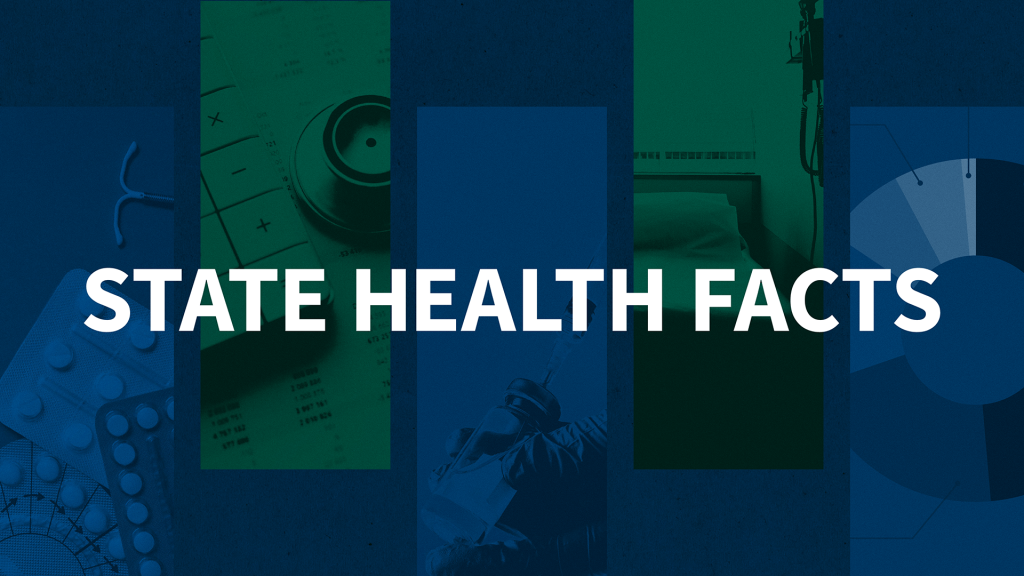Average Family Premiums Rose 4% This Year to Top $22,000; Employers Boost Mental Health and Telemedicine amid COVID-19 Pandemic, Benchmark KFF Survey Finds
Annual family premiums for employer-sponsored health insurance rose 4% to average $22,221 this year, according to the 2021 benchmark KFF Employer Health Benefits Survey released today. On average, workers this year are contributing $5,969 toward the cost of family coverage, with employers paying the rest.
